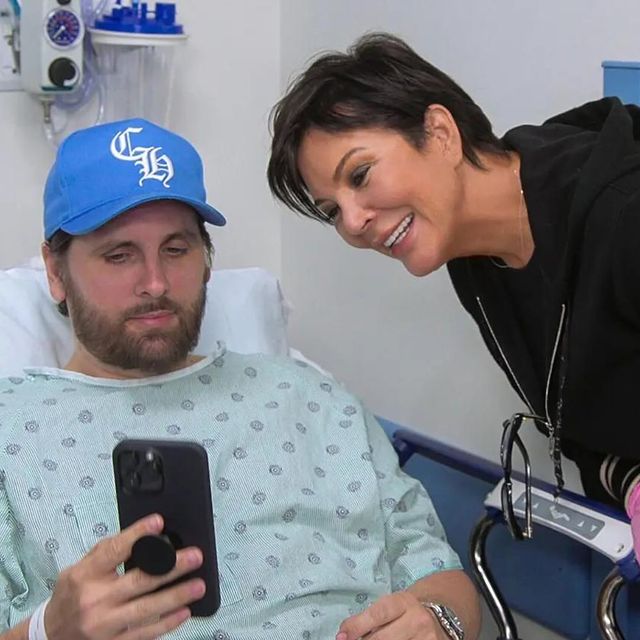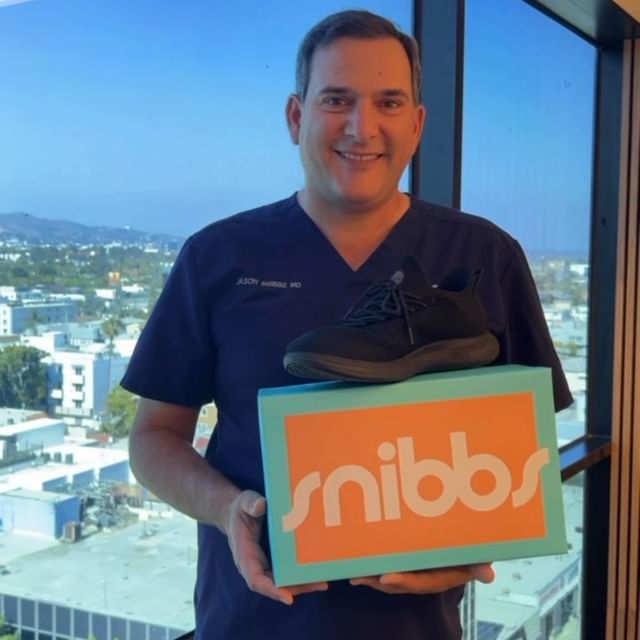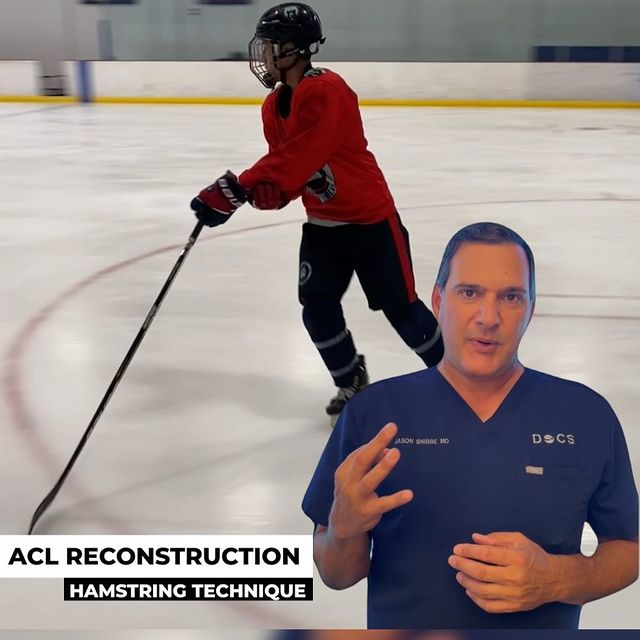6 minute read

Hip replacement surgery can be life-changing for people struggling with bone degeneration of the hips. However, many patients are concerned about the idea of recovery. Here, we answer some frequently asked questions about hip replacement recovery and outline a basic recovery timeline so patients have an idea of what to expect.
Table of Contents
- Planning for Hip Replacement Recovery
- How Long Is Hip Replacement Recovery?
- When Does Physical Therapy Start?
- Hip Replacement Recovery Timeline
- Have More Questions About Hip Replacement Surgery and Recovery in Los Angeles, CA?
Planning for Hip Replacement Recovery
Your hips are crucial for walking and many daily activities that involve physical movement. When one of your hips suffers from bone degeneration, hip replacement surgery is often necessary to restore healthy joint function and relieve pain throughout your daily routine.
One concern that many prospective hip surgery patients have is the recovery process, including how long it will take and how they can prepare for it. Recovery from any surgery can seem daunting, especially when it involves the hip joints, as they play an essential role in many daily functions. However, researching the procedure and recovery process and gathering as much information as possible ahead of time can make all the difference in easing preoperative anxieties.
Hip replacement is tailored to fit the individual’s needs and seamlessly integrate into their unique body. Recovery will vary from patient to patient, depending on their body’s natural healing process. Still, there are some basic recovery expectations that patients can anticipate and prepare for in advance.
How Long Is Hip Replacement Recovery?
The length of your hip replacement recovery will largely depend on your age, diet, health history, level of activity prior to the surgery, and how your body responds to the surgery. The initial phase of recovery typically takes around four to six weeks.
It takes approximately six to eight weeks for the titanium implants to integrate into the bone. At this point of recovery, the joint can be stressed with more aggressive resistance exercise after clearance from your surgeon. However, it generally takes around three to six months for patients to feel fully recovered and like their usual selves again.
One year after hip surgery, the incision site is usually considered fully healed, and it looks and feels normal. Patients should have full control of their hip mobility and not be experiencing any hip-related pain.
When Does Physical Therapy Start?
Physical therapy is a key component in restoring healthy joint function. You’ll need to have physical therapy both before and after your hip replacement surgery to ensure a smooth process.
Before your surgery, your physical therapy sessions will focus on exercises that promote healthy joint function and build muscle strength. After your hip replacement, your sessions will center on exercises and movements that are part of your daily routine—such as sitting up, standing up, etc.—to help you get used to your new prosthetic hip. As your body heals and recovery progresses, physical therapy will incorporate more challenging physical movements, like walking up and down stairs, bending to sit in a car, and more.
Hip Replacement Recovery Timeline
It’s important to remember that everyone’s body heals differently. Listen to your body’s needs throughout your recovery journey, and understand that you will heal in your own time.
Dr. Jason Snibbe works closely with patients to ensure they are informed and prepared for their hip replacement recovery. He will provide you with specific aftercare and recovery instructions based on your unique needs. Be sure to follow these instructions to ensure a safe and smooth recovery, and always check in with Dr. Snibbe if you have any questions.
Immediately After Surgery
Some patients are able to return home the same day as their hip surgery, while others may be asked to stay at the hospital for a day to be observed. Regardless, after you wake up from your procedure and your anesthesia starts to fade, you may experience some pain and discomfort. These symptoms can be managed with prescription pain medication, which should be taken as instructed.
Week One
Patients can expect some swelling, redness, and numbness at the surgical site. While it may feel strange at first, it is important to incorporate movement into your daily routine during recovery. Dr. Snibbe may recommend using a walker, cane, or crutches to assist with walking during recovery, especially during the initial phase. Keeping your body mobile and integrating regular movements during recovery will help your body adapt to the hip prosthetic. However, strenuous physical activity must be avoided.
Weeks Two–Three
Many patients with office jobs or similar work that isn’t physically strenuous can return to work around this stage. Discomfort from the surgery generally subsides around this time, allowing patients to stop using pain medications. Patients typically return to driving and are able to walk without assistive devices.
Weeks Three–Six
Throughout these weeks, patients will continue to notice improvements in the appearance of their surgical site, as well as feel more comfortable with regular movements. As you work with your physical therapist, more types of physical movement will be incorporated into your sessions.
Most patients are able to return to their daily routines around six weeks after surgery. However, it is essential to follow Dr. Snibbe’s and your physical therapist’s instructions regarding any activity restrictions.
Three–Six Months Post-op
At this point, most patients feel back to their regular preoperative selves, minus the hip pain. You may need to attend more follow-up appointments with Dr. Snibbe and your physical therapist to see how your hip has recovered. The titanium implants will be fully integrated into the bone, so all physical activity can usually be resumed around this time, including strenuous exercise and high-impact sports.
Have More Questions About Hip Replacement Surgery and Recovery in Los Angeles, CA?
Is hip pain interfering with your everyday life? If that’s the case, it may be time to look into hip replacement surgery to restore hip function and allow you to live your best life.
Dr. Snibbe is a globally renowned board-certified orthopedic surgeon specializing in robotic hip replacement surgery. He is an expert in the orthopedic field and has helped many patients transform their lives by relieving pain and restoring healthy joint function. Robotic total hip replacement surgery is known for being more precise than traditional hip replacement surgery, while also providing significant pain relief and an increased range of motion.
Get started on your hip replacement journey today, and take back control of your daily movements. To schedule a consultation for a hip replacement with Dr. Snibbe, please call (310) 860-3048 or complete our online contact form.






